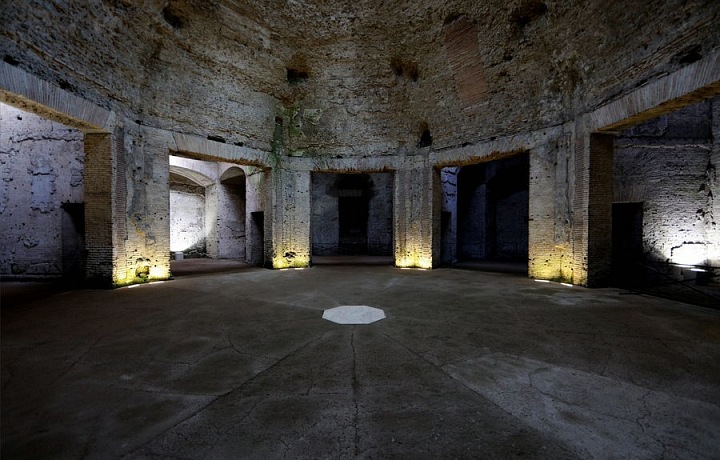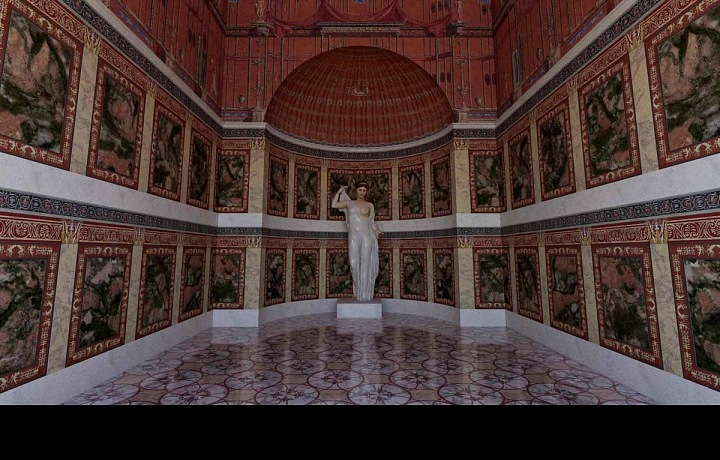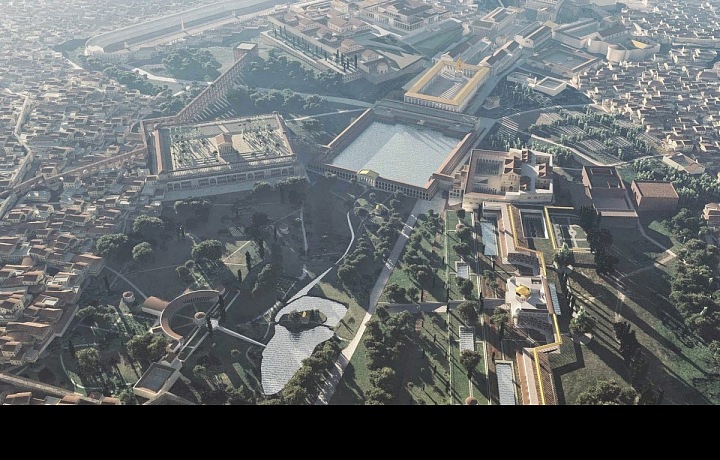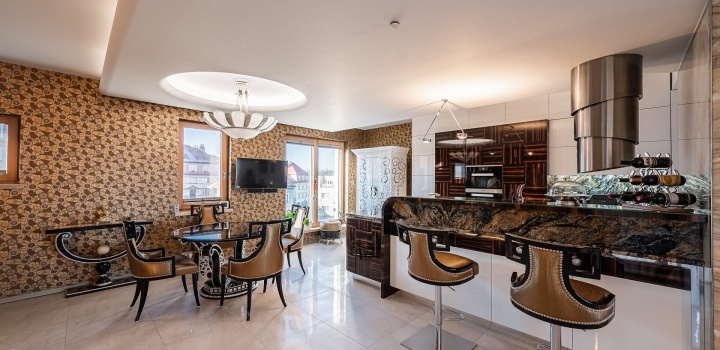Rome: Time Traveling to Days of Emperor Nero
The beloved and hated palace of Emperor Nero
Nero is considered as one of the biggest tyrants of ancient Rome – famous for his crimes, committed against his relatives as well as ordinary people. He had his mother, wife, adoptive brother and his tutor killed. Restored the lèse-majesté law, which led to the mass murder of innocent people, among whom were ordinary people, important personalities and senators. Some sources claim that it was he who had Rome torched in the year 64.
Emperor Nero was many things, but he never small-minded. After the great fire of 64, he decided to have a luxurious, excessive palace built, decorated with gold, and which would include pastures, vineyards, and forests full of game. The property would include an immense lake, in place of which the Roman Coliseum now stands. Surrounding the lake, houses the size of towns were built.
First-rate Luxury A Given
The palace, with its area of 120 hectares, occupied several districts of Rome and thus became the largest palace ever built by a European monarch. It featured gilded walls and ceilings, which led to it being called the Golden Palace.
The dining hall ceilings of the palace were made of ivory plates and moreover were supplemented rotating system of openings, from which the fragrance of pleasant perfumes emanated and flowers rained down. The luxury dining room was circular and revolved like the Earth.
The Sad End of An Extravagant Tyrant
Because Emperor Nero spent most of his government’s money on building his luxury palace, he lacked finances for the military. He was not, therefore, able to enjoy the amazing palace for long and in time it became his undoing. Just five months after its completion in the year 68, the soldiers revolted, leading to poor, evil Nero having to flee and ultimately he committed suicide.
Back in Time to the Rule of Emperor Nero
The palace was demolished, and its stone was used for other structures (such as the Coliseum). A temple, baths and a smaller palace were built on the former site of the luxurious palace. Some parts of the megalomaniacal headquarters have been preserved, however, and after eight years of renovations have been made accessible again. This time, however, with a unique added value.
From February 4, 2017, every Saturday and Sunday, visitors can view the Golden Palace in the form it had at the peak of its glory, using virtual reality glasses. The tour also includes videomapping. Rome gives us a beautiful example of how new technologies can be implemented in cultural heritage.















